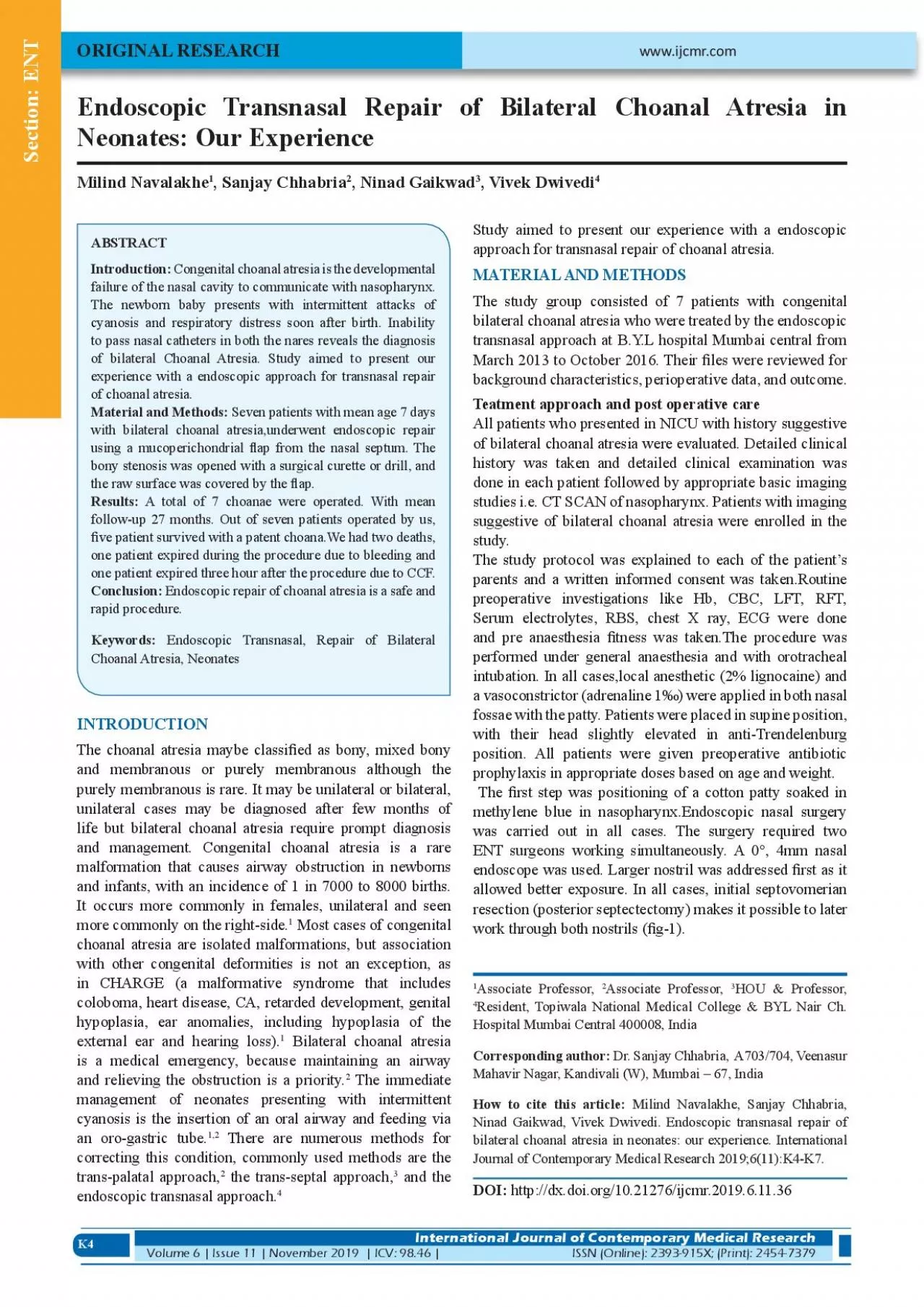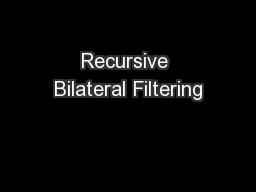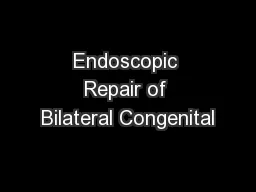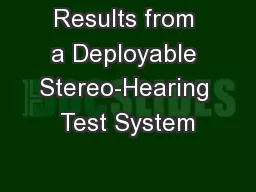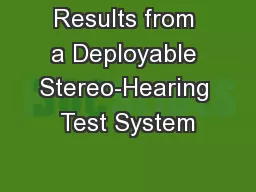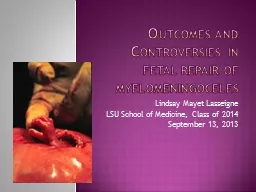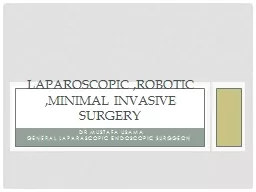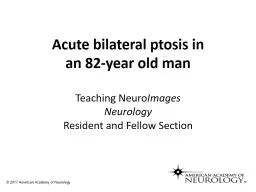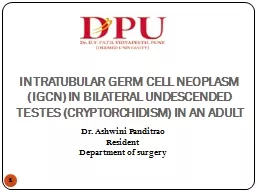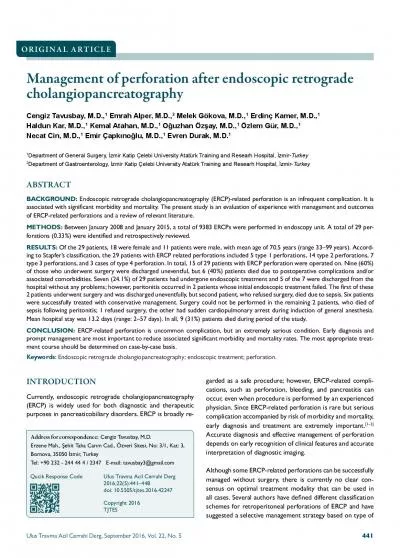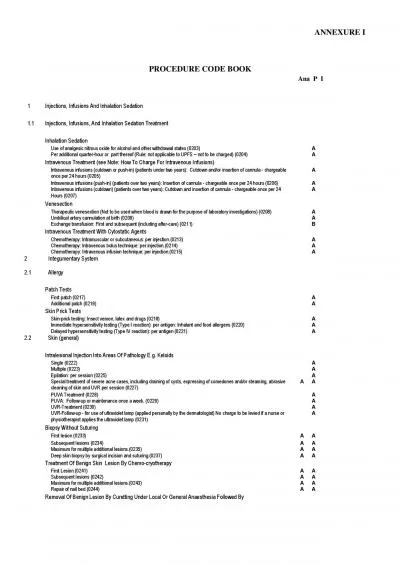PDF-Endoscopic Transnasal Repair of Bilateral Choanal Atresia in
Author : audrey | Published Date : 2022-08-22
K4 Neonates Our Experience Milind Navalakhe 1 Sanjay Chhabria 2 Ninad Gaikwad 3 Vivek Dwivedi 4 ORIGINAL RESEARCH Introduction Congenital choanal atresia is the
Presentation Embed Code
Download Presentation
Download Presentation The PPT/PDF document "Endoscopic Transnasal Repair of Bilatera..." is the property of its rightful owner. Permission is granted to download and print the materials on this website for personal, non-commercial use only, and to display it on your personal computer provided you do not modify the materials and that you retain all copyright notices contained in the materials. By downloading content from our website, you accept the terms of this agreement.
Endoscopic Transnasal Repair of Bilateral Choanal Atresia in: Transcript
Download Rules Of Document
"Endoscopic Transnasal Repair of Bilateral Choanal Atresia in"The content belongs to its owner. You may download and print it for personal use, without modification, and keep all copyright notices. By downloading, you agree to these terms.
Related Documents

